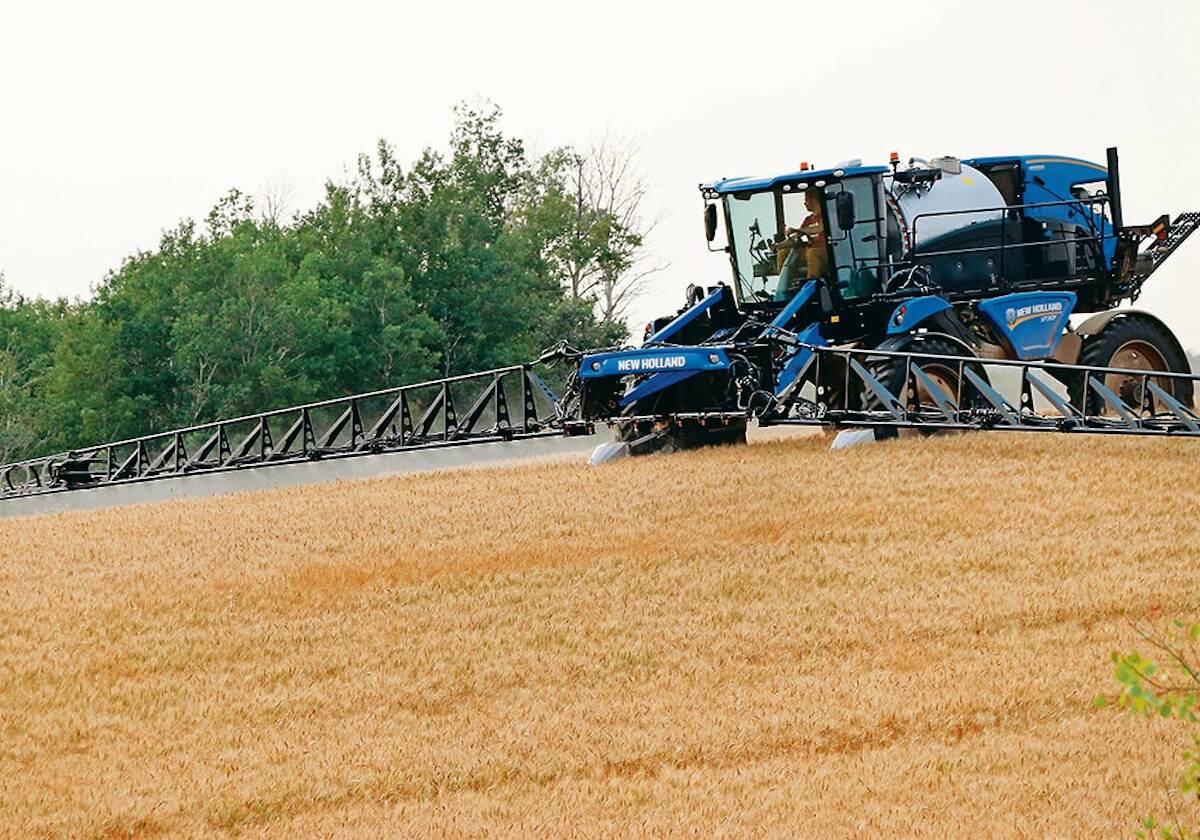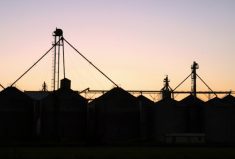The question that landed with a gentle thud on the virtual meeting table during a conference call of Glacier FarmMedia editors this week was a good one:
“Isn’t the real question not ‘What’s going to change?’ but rather ‘What should change?’”
The topic at hand had been how our publications group will cover the myriad of fast-changing issues that the agriculture sector suddenly faces.
And by refocusing the question just a little more tightly, a colleague provided us all with a valuable new lens to view our current situation.
Read Also

Farming still has digital walls to scale
Canadian farms still face the same obstacles to adopting digital agriculture technology, despite the years industry and policy makers have had to break them down.
As Ottawa correspondent D.C. Fraser observes in his most recent column one issue that’s sharply come into focus is temporary farm workers.
Suddenly agriculture businesses find themselves in an unenviable position of justifying bringing in workers while a couple million Canadians find themselves suddenly out of work, he writes. He adds that even though employers have been assured they can bring workers in, they’re finding other roadblocks.
Those include an inability to get paperwork processed as non-essential services are shut down and flights are hard to find.
After the smoke clears, it’s worth asking if there’s a better solution to this problem. It could be getting more Canadians interested, although there are certainly issues around that notion. Or it could be lobbying government for multi-year approvals for trusted workers that return season after season.
Another obvious question this raises is the country’s reliance on offshore sources for critical products necessary for the country’s well-being.
The headline grabbers have, of course, been medical equipment such as ventilators and medical face masks.
An order by U.S. President Donald Trump restricting manufacturer 3M from shipping N95 face masks out of that country drew the ire of Prime Minister Justin Trudeau late last week. The U.K. newspaper The Guardian recently reported the U.S. is “hijacking” shipments of bought-and-paid-for medical supplies by outbidding other nations on airport runways in China.
Domestic manufacturers are springing into action and repurposing car part manufacturing plants to make ventilators and in Winnipeg winter wear manufacturer Canada Goose is set to crank out scrubs and patient gowns.
For agriculture, as reporter Alexis Stockford writes there are concerns over whether enough fertilizer will be available to put the crop in this spring.
Clearly Canada can’t be self-sufficient in all things. But when it comes to having enough fertilizer for the nation’s fields, it’s going to be worth discussing whether this is something we should collectively pay more attention to as a nation.
Other things up for discussion in a broader societal context: our debt culture, the precarious economic position of far too many families, and the list goes on.
But for the agriculture and food sector, one issue looms above all, especially in the minds of consumers — whether or not we should suddenly be concerned about our food security.
The answer is, simultaneously, a resounding yes and no.
Yes, because food security is a critical issue for any country. As more than one person has observed over the years, no country is more than a few meals away from a revolution.
No, for reasons that are obvious to anyone familiar with the enormous productive potential of Canadian agriculture, combined with our relatively scant population.
Canada remains one of the crucial breadbaskets of the world, and it’s extremely unlikely that anyone here will know hunger because food is scarce.
What the current crisis has revealed, however, is the tenuous nature of our complex food system with its long and complex “just-in-time” supply chains.
These arose for reasons that made perfect sense at the time. Warehouses are expensive to build, staff and maintain. Better to invest in a robust logistics system that could manage inventory to arrive as customer demand arose, and have those warehouses rolling down the highway on wheels.
When those wheels stop, or are slowed, or when demand suddenly spikes, as we’ve seen recently, the flaws in that system are revealed.
Suddenly, when rice and flour run out on the store shelves, customers discover that most modern stores don’t have the mythical “in the back” crammed full with shelves of supplies. They’ve got a loading dock, a break room and staff washrooms.
Whether there’s going to be an appetite to discuss this system in depth later isn’t clear. It may return to business as usual. Or some consumers may feel it’s insecure and needs reform.
But as we weather this coronavirus crisis, we should all be thinking about what should change and what we’re going to do as individuals to make it happen.



















